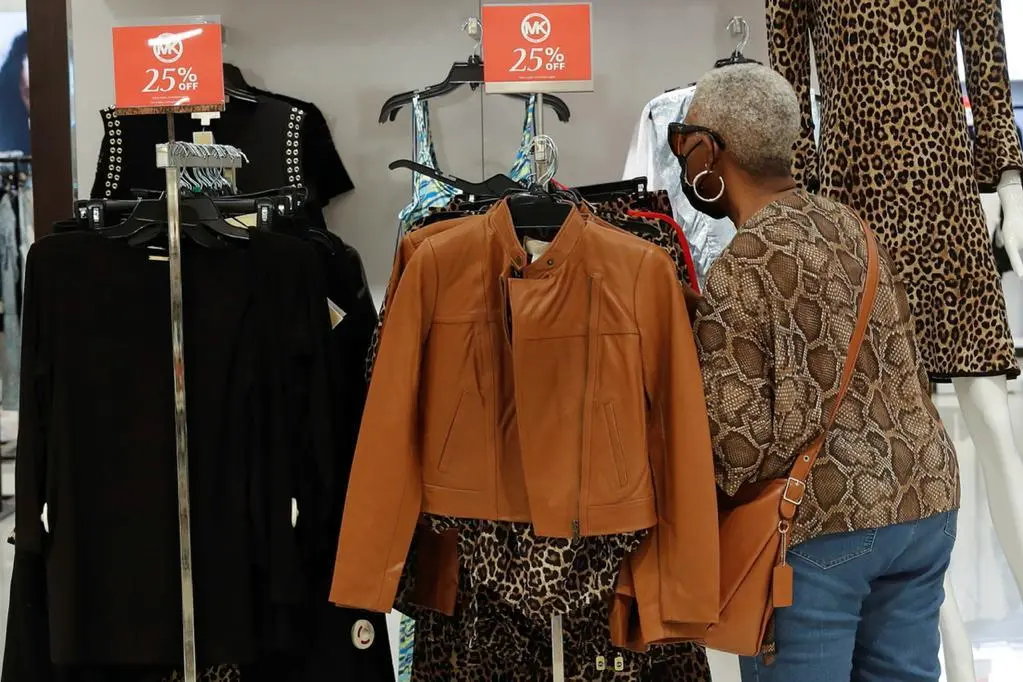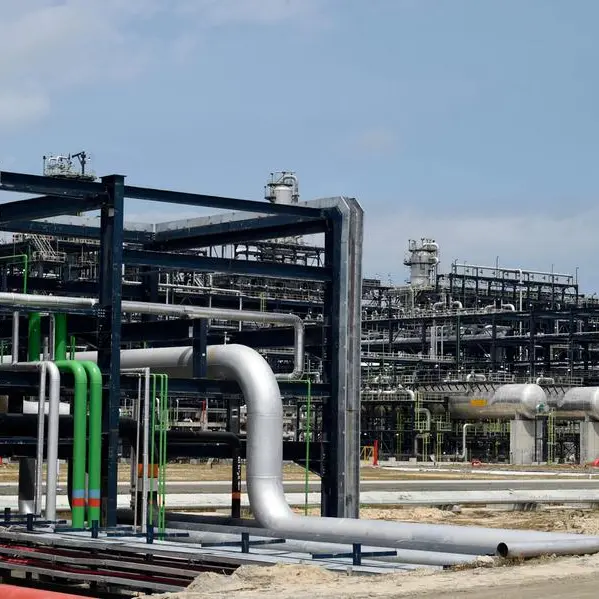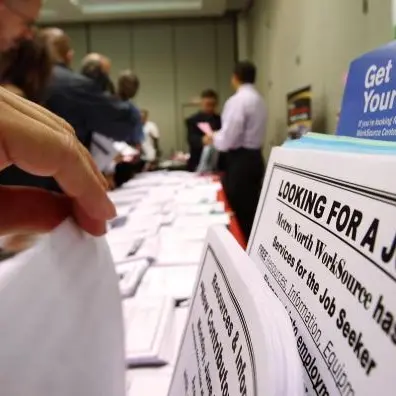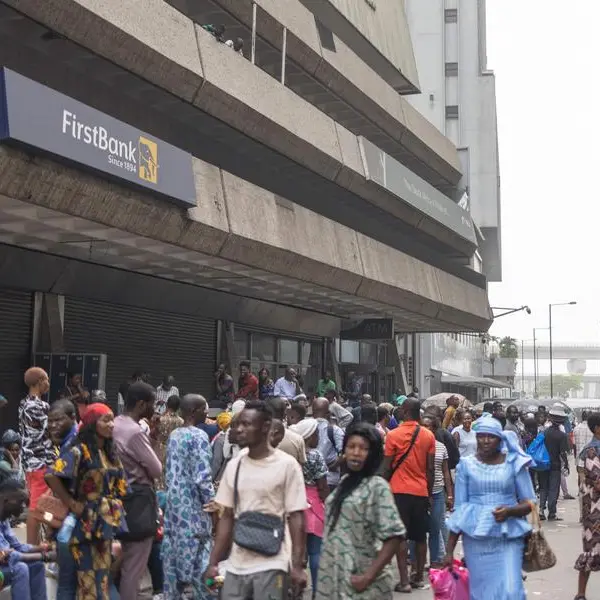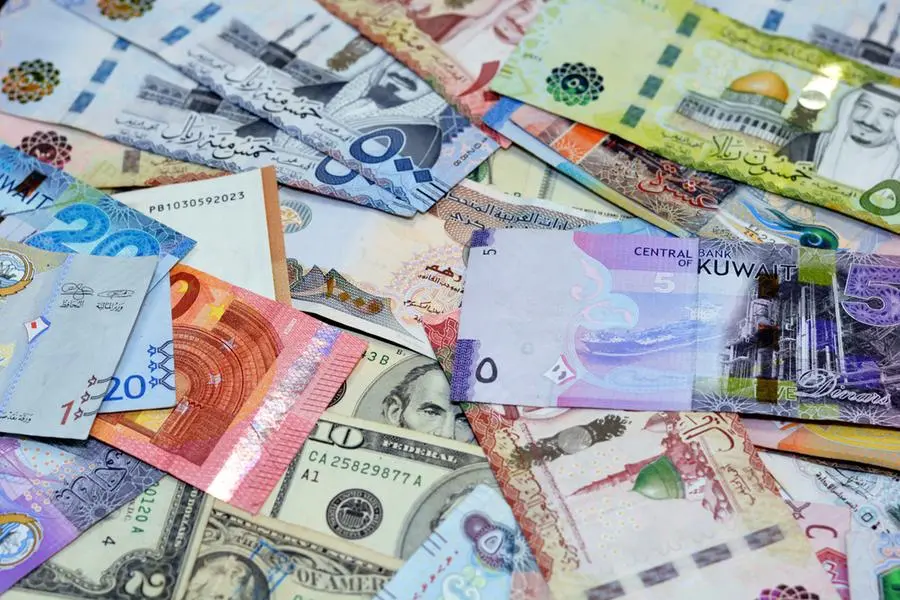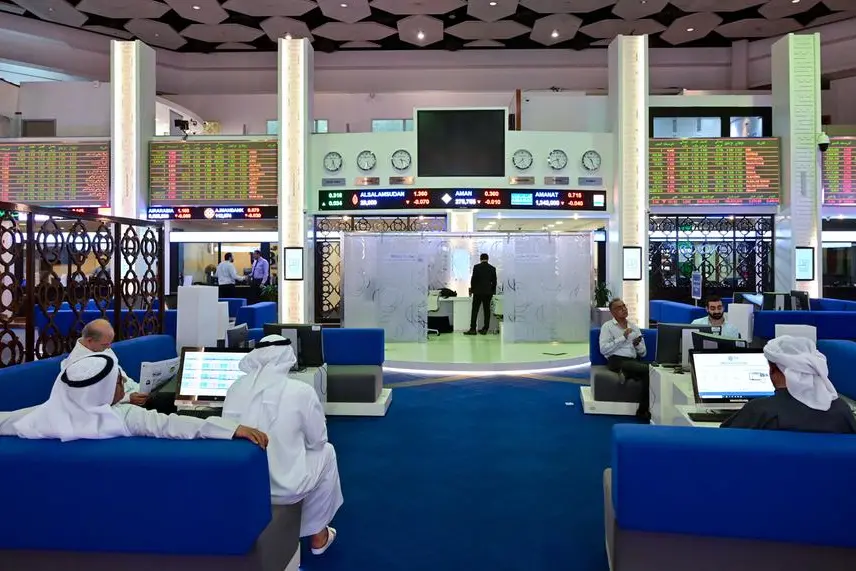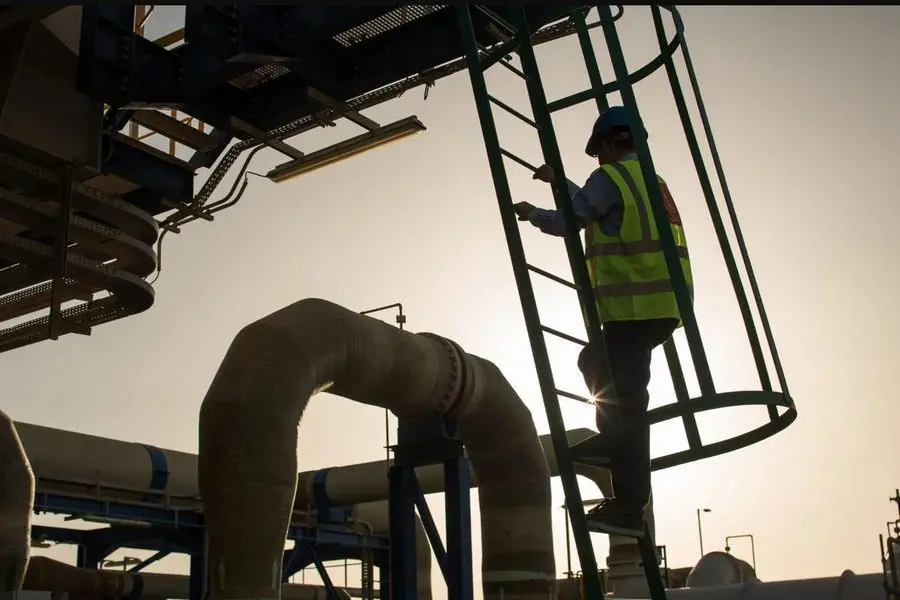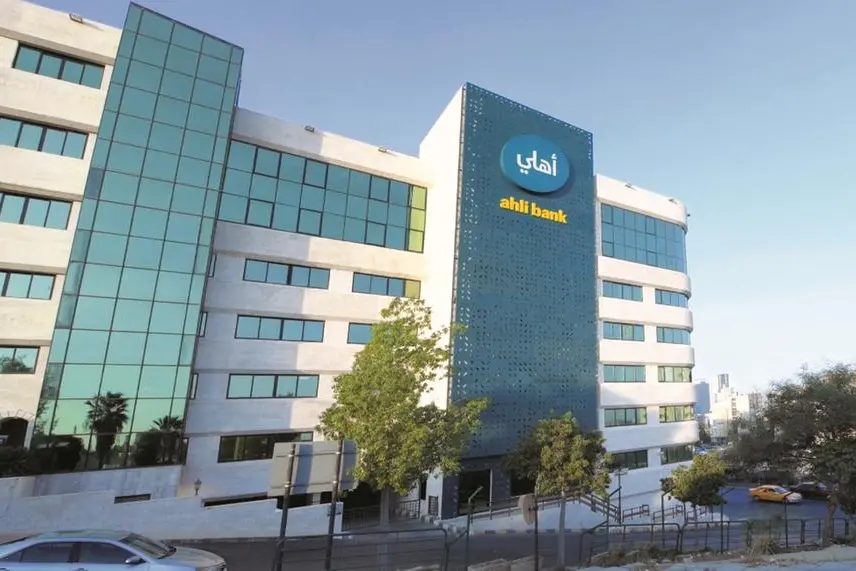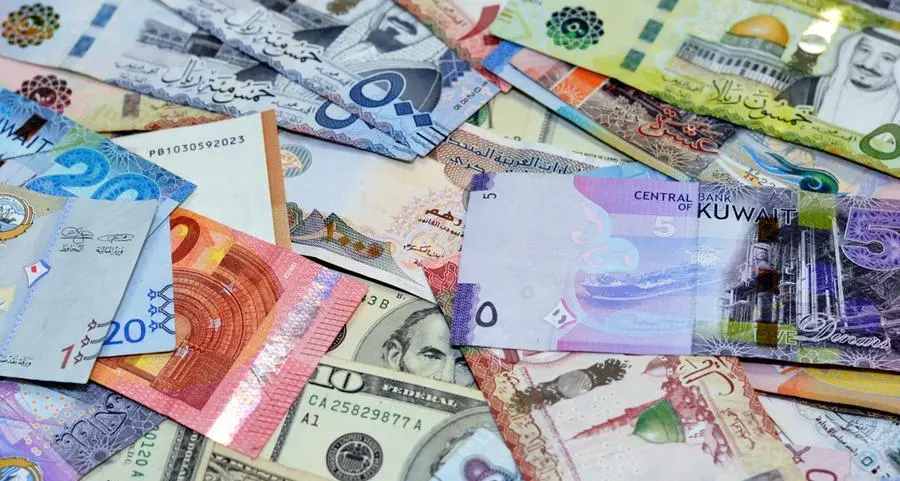PHOTO
WASHINGTON - U.S. retail sales fell more than expected in July as shortages weighed on purchases of motor vehicles and other goods, but spending on services could keep the economy on a strong growth path in the third quarter.
Retail sales dropped 1.1% last month, the Commerce Department said on Tuesday. Online sales tumbled, payback after Amazon pulled forward its Prime Day to June from July. Data for June was revised up to show retail sales increasing 0.7% instead of rising 0.6% as previously reported. Economists polled by Reuters had forecast retail sales slipping 0.3%.
Motor vehicle production has been hampered by a global shortage of semiconductors. The scarcity of chips has also impacted the availability of some household appliances like microwaves and fridges.
"Even as demand remains strong, motor vehicle sales have continued to fall over the past few months as the semiconductor shortages have made it difficult for consumers to find vehicles they want regardless of the price," said Sam Bullard, a senior economist at Wells Fargo in Charlotte, North Carolina.
Retail sales are mostly goods, with services such as healthcare, education, travel and hotel accommodation making up the remaining portion of consumer spending. Restaurants and bars are the only services category in the retail sales report.
Part of the cooling reflects the rotation of spending from goods to services like travel and entertainment, with more than 50% the United States' population fully vaccinated against COVID-19. Rising infections driven by the Delta variant of the coronavirus could, however, slow the services spending boom.
The U.S. Centers for Disease Control and Prevention in late July urged fully vaccinated Americans to resume wearing masks in indoor public places in areas where the virus is surging.
Excluding automobiles, gasoline, building materials and food services, retail sales fell 1.0% last month after an upwardly revised 1.4% increase in June. These so-called core retail sales correspond most closely with the consumer spending component of gross domestic product. They were previously estimated to have accelerated 1.1% in June.
"Keep in mind that retail sales do not capture the majority of services spending and therefore understate the resilience of overall consumer spending," economists at Bank of America Securities wrote in a research note.
Consumer spending, which accounts for more than two-thirds of U.S. economic activity, notched double-digit growth in the second quarter, helping to pull the level of GDP above its peak in the fourth quarter of 2019.
With households sitting on at least $2.5 trillion in excess savings accumulated during the pandemic, consumer spending is likely to remain strong for the rest of the year. Qualifying households started in July receiving money under the expanded Child Tax Credit program, which will run through December.
The economy grew at a 6.5% annualized rate in the second quarter. The Atlanta Federal Reserve is currently estimating GDP growth will increase at a 6.0% pace in the third quarter.
(Reporting by Lucia Mutikani; Editing by Nick Zieminski) ((Lucia.Mutikani@thomsonreuters.com; 1 202 898 8315; Reuters Messaging: lucia.mutikani.thomsonreuters.com@reuters.net))
